
Category: CDMI

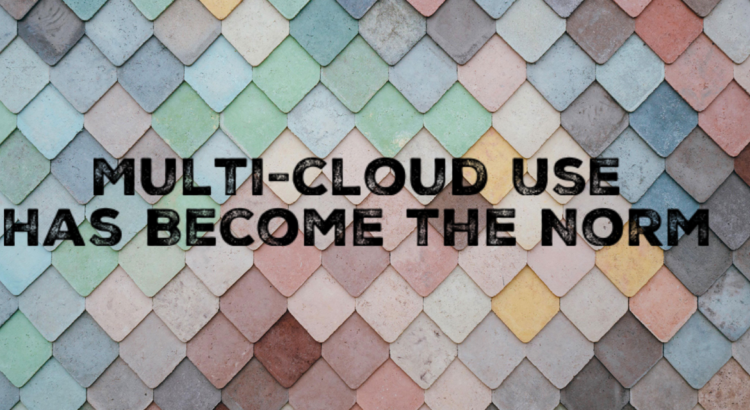
Multi-cloud Use Has Become the Norm

Understanding CDMI and S3 Together
 ) International Standard work? Is it possible be to both S3 and CMDI compliant? What security measures are in place with CDMI? How, and where, is CDMI being deployed? These are just some of the topics we covered at our recent SNIA Cloud Storage Technologies (CSTI) webcast, “Cloud Data Management & Interoperability: Why A CDMI Standard Matters.”
CDMI is intended for application developers who are implementing cloud storage systems, and who are developing applications to manage and consume cloud storage.
Q. Can you compare CDMI to S3? Is it possible to be both CDMI and S3 compliant? Is it too complicated? Read More
) International Standard work? Is it possible be to both S3 and CMDI compliant? What security measures are in place with CDMI? How, and where, is CDMI being deployed? These are just some of the topics we covered at our recent SNIA Cloud Storage Technologies (CSTI) webcast, “Cloud Data Management & Interoperability: Why A CDMI Standard Matters.”
CDMI is intended for application developers who are implementing cloud storage systems, and who are developing applications to manage and consume cloud storage.
Q. Can you compare CDMI to S3? Is it possible to be both CDMI and S3 compliant? Is it too complicated? Read More
Evaluator Group to Share Hybrid Cloud Research
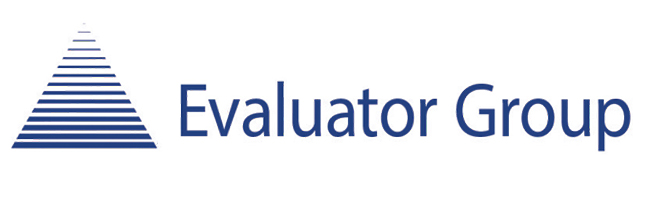 In a recent survey of enterprise hybrid cloud users, the Evaluator Group saw that nearly 60% of respondents indicated that lack of interoperability is a significant technology issue that they must overcome in order to move forward. In fact, lack of interoperability was the number one issue, surpassing public cloud security and network security as significant inhibitors.
In a recent survey of enterprise hybrid cloud users, the Evaluator Group saw that nearly 60% of respondents indicated that lack of interoperability is a significant technology issue that they must overcome in order to move forward. In fact, lack of interoperability was the number one issue, surpassing public cloud security and network security as significant inhibitors.
The SNIA Cloud Storage Initiative (CSI) is pleased to have John Webster, Senior Partner at Evaluator Group, who will join us on December 12th for a live webcast to dive into the findings of their research. In this webcast, Multi-Cloud Storage: Addressing the Need for Portability and Interoperability, my SNIA Cloud colleague, Mark Carlson, and John will discuss enterprise hybrid cloud objectives and barriers to adoption. John and Mark will focus on cloud interoperability within the storage domain and the CSI’s work that promotes interoperability and portability of data stored in the cloud.
As moderator of this webcast, I’ll make sure we offer great insights on real-world cloud deployment challenges. As always, we will be available to answer your questions on the spot. I encourage you to register today. We hope to see you on the 12th.
Security and Privacy in the Cloud
Learn How to Develop Interoperable Cloud Encryption and Access Control
SNIA Cloud is hosting a live webcast on December 20th, “Developing Interoperable Cloud Encryption and Access Control,” to discuss and demonstrate encrypted objects and delegated access control. For the data protection needs of sharing health and other data across different cloud services, this webcast will explore the capabilities of the Cloud Data Management Interface (CDMI) in addressing these requirements and show implementations of CDMI extensions for a health care example.
See it in action! This webcast will include a demonstration by Peter van Liesdonk of Philips who will share the results of testing at the SDC 2016 Cloud Plugfest for Encrypted Objects and Delegated Access Control extensions to CDMI 1.1.1.
You’ll will see and learn:
- New CDMI features (Encrypted Objects and Delegated Access Control)
- Implementation experiences with new features
- A live demo of a healthcare-based example
Register today. My colleagues, Peter van Liesdonk, David Slik and I will be on-hand to answer any questions you may have. We hope to see you there.
SNIA Storage Developer Conference-The Knowledge Continues
SNIA’s 18th Storage Developer Conference is officially a success, with 124 general and breakout sessions; Cloud Interoperability, Kineti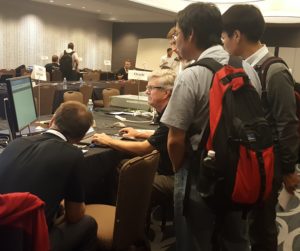 c Storage, and SMB3 plugfests; ten Birds-of-a-Feather Sessions, and amazing networking among 450+ attendees. Sessions on NVMe over Fabrics won the title of most attended, but Persistent Memory, Object Storage, and Performance were right behind. Many thanks to SDC 2016 Sponsors, who engaged attendees in exciting technology discussions.
c Storage, and SMB3 plugfests; ten Birds-of-a-Feather Sessions, and amazing networking among 450+ attendees. Sessions on NVMe over Fabrics won the title of most attended, but Persistent Memory, Object Storage, and Performance were right behind. Many thanks to SDC 2016 Sponsors, who engaged attendees in exciting technology discussions.
For those not familiar with SDC, this technical industry event is designed for a variety of storage technologists at various levels from developers to architects to product managers and more. And, true to SNIA’s commitment to educating the industry on current and future disruptive technologies, SDC content is now available to all – whether you attended or not – for download and viewing.
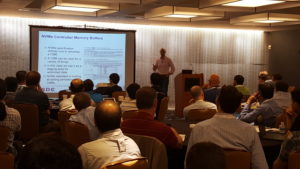 You’ll want to stream keynotes from Citigroup, Toshiba, DSSD, Los Alamos National Labs, Broadcom, Microsemi, and Intel – they’re available now on demand on SNIA’s YouTube channel, SNIAVideo.
You’ll want to stream keynotes from Citigroup, Toshiba, DSSD, Los Alamos National Labs, Broadcom, Microsemi, and Intel – they’re available now on demand on SNIA’s YouTube channel, SNIAVideo.
All SDC presentations are now available for download; and over the next few months, you can continue to download SDC podcasts which combine audio and slides. The first podcast from SDC 2016 – on hyperscaler (as well as all 2015 SDC Podcasts) are available here, and more will be available in the coming weeks.
SNIA thanks all its members and colleagues who contributed to make SDC a success! A special thanks goes out to the SNIA Technical Council, a select group of acknowledged industry experts who work to guide SNIA technical efforts. In addition to driving the agenda and content for SDC, the Technical Council oversees and manages SNIA Technical Work Groups, reviews architectures submitted by Work Groups, and is the SNIA’s technical liaison to standards organizations. Learn more about these visionary leaders at http://www.snia.org/about/organization/tech_council.
And finally, don’t forget to mark your calendars now for SDC 2017 – September 11-14, 2017, again at the Hyatt Regency Santa Clara. Watch for the Call for Presentations to open in February 2017.
Cloud Object Storage – You’ve Got Questions, We’ve Got Answers
The SNIA Cloud Storage Initiative hosted a live Webcast “Cloud Object Storage 101.” Like any “101” type course, there were a lot of good questions. Here they all are – with our answers. If you have additional questions, please let us know by commenting on this blog.
Q. How do you envision the new role of tape (LTO) in this unstructured data growth?
A. Exactly the same way that tape has always played a part; it’s the storage medium that requires no power to store cold data and is cheap per bit. Although it has a limited shelf life, and although we believe that flash will eventually replace it, it still has a secure & growing foreseeable future.
Q. What are your thoughts on whether object storage can exist outside the bounds of supporting file systems? Block devices directly storing objects using the key as reference and removing the intervening file system? A hierarchy of objects instead of files?
A. All of these things. Objects can be objects identified by an ID in a flat non-hierarchical structure; or we can impose a hierarchy by key- to objectID translation; or indeed, an object may contain complete file systems or be treated like a block device. There are really no restrictions on how we can build meta data that describes all these things over the bytes of storage that makes up an object.
Q. Can you run write insensitive low latency apps on object storage, ex: virtual machines?
A. Yes. Object storage can be made up of the same stuff as other high performance storage systems; for instance, flash connect via high bandwidth and low latency networks. Or they could even be object stores built over PCIe and NVDIMM.
Q. Is erasure coding (EC) expensive in terms of networking and resources utilization (especially in case of rebuild)?
A. No, that’s one of the advantages of EC. Rebuilds take place by reading data from many disks and writing it to many disks; in traditional RAID rebuilds, the focus is normally on the one disk that’s being rebuilt.
Q. Is there any overhead for small files or object use cases? Do you have a recommended size?
A. Each system will have its own advantages and disadvantages for objects of specific sizes. In general, object stores are designed to store billions of objects, so the number of objects is usually not an issue.
Q. Can you comment on Internet bandwidth limitations on geographically dispersed erasure coded data?
A. Smart caching can make a big difference, but at the end of the day, a geographically EC dispersed object store won’t be faster than a local store. You can’t beat the speed of light.
Q. The suppliers all claim easy exit strategies from their systems. If we were to use one of the on-premise solutions such as ECS or Cleversafe, and then down the road decide to move off-premise, is the migration/egress typically as easy as claimed?
A. In general, any proprietary interface might lock you in. The SNIA’s CDMI is vendor neutral, and supported by a number of vendors. Amazon’s S3 is a popular and common interface. Ultimately, vendors want your data on their systems – and that means making it easy to get the data from a competing vendor’s system; lock-in is not what vendors want. Talk to your vendor and ask for other users’ experiences to get confirmation of their claims.
Q. Based on factual information, where are you seeing the most common use cases for Object Storage?
A. There are many, and each vendor of cloud storage has particular markets. Backup is a common case, as are systems in the healthcare space that treat data such as scans and X-rays as objects.
Q. NAS filers only scale up not out. They are hard to manage at scale. Why use them anymore?
A. There are many NAS systems that scale out as well as up. NFSv4 support high degrees of scale out and there are file systems like Gluster that provide very large-scale solutions indeed, into the multi-petabyte range.
Q. Are there any specific uses cases to avoid when considering object storage?
A. Yes. Many legacy applications will not generate any savings or gains if moved to object storage.
Q. Would you agree with industry statements that 80% of all data written today will NEVER be accessed again; and that we just don’t know WHICH 20% will be read again?
A. Yes to the first part, and no to the second. Knowing which 80% is cold is the trick. The industry is developing smart ways of analyzing data to help with the issue of ensuring cached data is hot data, and that cold data is placed correctly first time around.
Q. Is there also the possibility to bring “compliance” in the object storage? (thinking about banking, medical and other sensible data that needs to be tracked, retention, etc…)
A. Yes. Many object storage vendors provide software to do this.
Cloud Storage: Solving Interoperability Challenges
Cloud storage has transformed the storage industry, however interoperability challenges that were overlooked during the initial stages of growth are now emerging as front and center issues. I hope you will join us on July 19th for our live Webcast, “Cloud Storage: Solving Interoperability Challenges,” to learn the major challenges facing the use of businesses services from multiple cloud providers and moving data from one cloud provider to another.
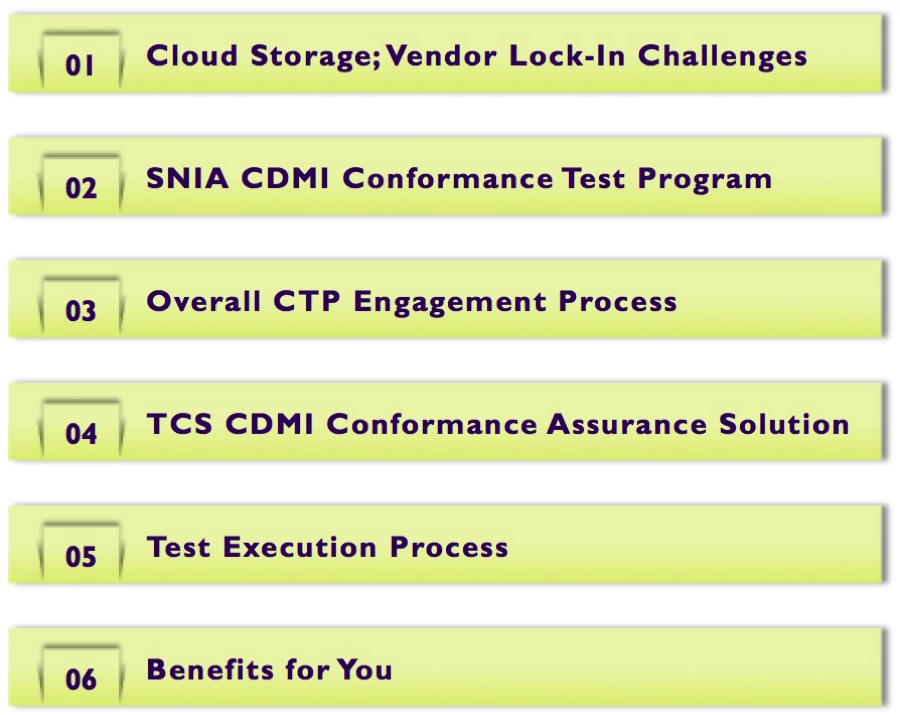
We’ll discuss how the SNIA Cloud Data Management Interface standard (CDMI) addresses these challenges by offering data and metadata portability between clouds and explain how the SNIA CDMI Conformance Test Program helps cloud storage providers achieve CDMI conformance.
Join us on July 19th to learn:
- Critical challenges that the cloud storage industry is facing
- Issues in a multi-cloud API environment
- Addressing cloud storage interoperability challenges
- How the CDMI standard works
- Benefits of CDMI conformance testing
- Benefits for end user companies
You can register today. We look forward to seeing you on July 19th.
On-Demand Cloud Storage Webcasts Worth Watching
As the SNIA Cloud Storage Initiative (CSI) starts our 2016 with a new set of educational programs and webcasts on topics of interest to those developing, implementing & managing cloud storage, I thought it might be a good time to remind everyone of the vendor-neutral educational work the CSI has delivered in 2015.
I’m particularly proud of the work the CSI has done through BrightTalk (a web based content delivery platform) in producing live hour-long tutorials on a wide variety of subjects.
What you may not know is that these are also recorded, and you can play them back when it’s convenient to you. I know that we have a global audience, and that when we deliver the live version it may be in the middle of your busy working day – or even in the middle of the night.
As part of SNIA, the CSI supports the development of technical storage standards; and that means some of our audience are developers. For those of you that are interested in more technical presentations we had two developer focussed BrightTalks:
Hierarchical Erasure Coding: Making Erasure Coding Usable
This talk covered two different approaches to erasure coding – a flat erasure code across JBOD, and a hierarchical code with an inner code and an outer code; it compared the two approaches on different parameters that impact the IT business and provided guidance on evaluating object storage solutions.
Expert Panel: Cloud Storage Initiatives – An SDC Preview
At the 2015 Storage Developer Conference (SDC) we presented on a variety of topics:
- Mobile and Secure – Cloud Encrypted Objects using CDMI
- Object Drives: A new Architectural Partitioning
- Unistore: A Unified Storage Architecture for Cloud Computing
- Using CDMI to Manage Swift, S3, and Ceph Object Repositories
We discussed how encrypted objects can be stored, retrieved, and transferred between clouds, how Object Drives allow storage to scale up and down by single drive increments, end-user and vendor use cases of the Cloud Data Management Interface (CDMI), and we introduced Unistore – an innovative unified storage architecture that efficiently integrates heterogeneous HDD and SCM devices for Cloud storage systems.
(As an added bonus, all these SDC 2015 presentations and others can be found here http://www.snia.org/events/storage-developer/presentations15.)
OpenStack has had a big year, and the CSI contributed to the discussion with:
OpenStack File Services for High Performance Computing
We looked at how OpenStack can consume and control file services appropriate to High Performance Compute in a cloud and multi-tenanted environment and investigated two approaches to integration. One approach is to have OpenStack manage the storage infrastructure services using Cinder, Nova and Neutron to provide HPC Filesystem as a Service. We also reviewed a second option of using Manila file services for OpenStack to control the HPC File system deployment and manage the exports etc. We discussed the development of the Lustre Manila driver and its current progress.
Hybrid clouds were also in the news. We delivered two sessions, specifically targeted at end users looking to understand the technologies:
Hybrid Clouds: Bridging Private & Public Cloud Infrastructures
Every IT consumer is using cloud in one form or another, and just as storage buyers are reluctant to select single vendor for their on-premises IT, they will choose to work with multiple public cloud providers. But this desirable “many vendor” cloud strategy introduces new problems of compatibility and integration. To provide a seamless view of these discrete storage clouds, Software Defined Storage (SDS) can be used to build a bridge between them. This presentation explored how SDS, with its ability to deploy on different hardware and supporting rich automation capabilities, can extend its reach into cloud deployments to support a hybrid data fabric that spans on-premises and public clouds.
Hybrid Clouds Part 2: Case Study on Building the Bridge between Private & Public
There are significant differences in how cloud services are delivered to various categories of users. The integration of these services with traditional IT operations remains an important success factor but also a challenge for IT managers. The key to success is to build a bridge between private and public clouds. This Webcast expanded on the previous Hybrid Clouds: Bridging Private & Public Cloud Infrastructures webcast where we looked at the choices and strategies for picking a cloud provider for public and hybrid solutions.
Lastly, we looked at some of the issues surrounding data protection and data privacy (no, they’re not the same thing at all!).
Privacy v Data Protection: The Impact Int’l Data Protection Legislation on Cloud
Governments across the globe are proposing and enacting strong data privacy and data protection regulations by mandating frameworks that include noteworthy changes like defining a data breach to include data destruction, adding the right to be forgotten, mandating the practice of breach notifications, and many other new elements. The implications of this and other proposed legislation on how the cloud can be utilized for storing data are significant. This webcast covered:
- EU “directives” vs. “regulation”
- General data protection regulation summary
- How personal data has been redefined
- Substantial financial penalties for non-compliance
- Impact on data protection in the cloud
- How to prepare now for impending changes
Moving Data Protection to the Cloud: Trends, Challenges and Strategies
This was a panel discussion; we talked about various new ways to perform data protection using the Cloud and many advantages of using the Cloud this way.
You can access all the CSI BrightTalk Webcasts on demand at the SNIA Website. Many of you will also be happy to learn that PDFs of the Webcast slides are also available there.
We had a good 2015, and I’m looking forward to producing more great educational material during 2016. If you have a topic you’d like to see the CSI cover this year, please comment below in this blog. We value input from all.
Thanks for your support and hopefully we’ll see you some time this year at one of our BrightTalk webcasts.